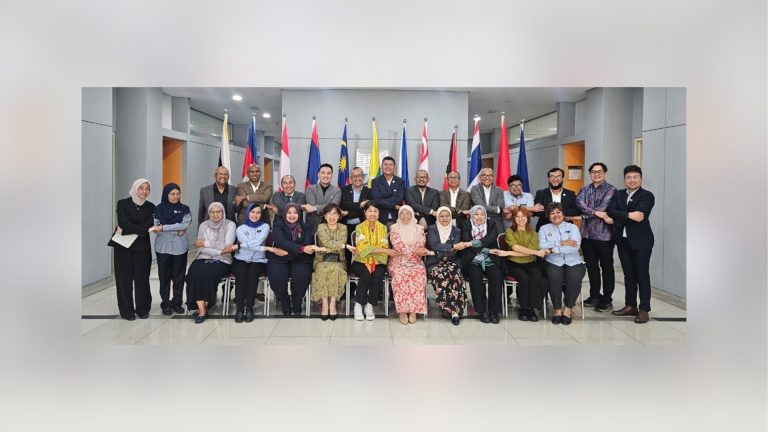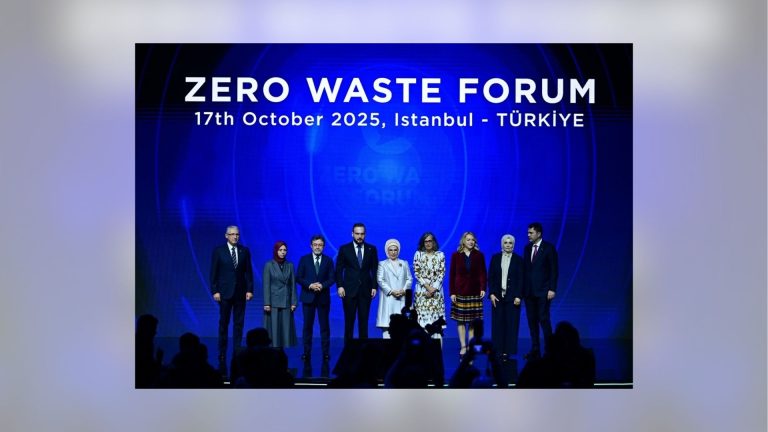14 September 2020 | Palembang, Indonesia – UCLG ASPAC, serving as the Global Covenant of Mayors for Climate and Energy (GCoM) Southeast Asia Secretariat, has been supporting GCoM cities to meet their climate ambition and achieve a resilient and low-carbon future. Through the International Urban Cooperation (IUC) Asia programme, UCLG ASPAC has assisted cities in developing their evidence-based Climate Action Plans (CAPs), and one of them is Palembang, one of vibrant cities in Indonesia.
To design well-targeted climate mitigation plans, Palembang has completed its greenhouse gas (GHG) inventory from the period of 2016 to 2019. Now, Palembang is moving forward to the next step, which is establishing the city’s carbon emissions reduction target. UCLG ASPAC IUC Asia programme has supported Palembang to realise the city’s commitment to managing its carbon footprint.
On 14 September 2020, the UCLG ASPAC IUC Asia programme team held a consultation meeting with Palembang to discuss the emission reduction target. The meeting involved relevant stakeholders from various city official agencies, including the Fisheries Agency, the Public Works Agency, the Industry and Trade Agency, the Transportation Agency, the Public Housing Agency and others. The private sector was also represented by top national companies representing major producers of GHG emissions in Palembang (the energy and transportation sectors) joining the meeting, namely PT. Pupuk Sriwijaya, PT. Pertamina, and PT. KAI.
In the meeting, the profile of GHG emissions in Palembang was shared by CCROM IPB, IUC Asia’s technical partner. It was noted that Palembang’s annual carbon emissions have fluctuated between 5.4 million and 5.7 million tCO2 from 2016 to 2019. The stationary energy sector persists in being the major contributor to Palembang’s GHG emissions, accounting for 70% of net emissions, comprising: fuel combustion from the industrial sector (36%), energy consumption (including indirect emissions) from residential activities (23%), and fuelling combustion both in commercial and institutional buildings. Meanwhile, the transportation sector contributed 19% of the net emissions—which mostly come from on-road transportation—along with waste and Industrial Processes and Product Use (IPPU) sectors which contributed 5%.
Compared to the city of Malang, with emissions per capita value at 1.5 tCO2, Palembang’s emissions per capita value doubles the size (3.4 tCO2), reflecting the large emissions contribution from industry activities. To illustrate, the fossil fuel combustion from PT. Pupuk Sriwijaya alone accounted for 18% of Palembang’s net emissions due to the coal utilisation for steam and electricity generation.
Stakeholders also discussed the approach needed for an emissions reduction target. Although GHG inventory helps prioritise which sectors need to be addressed in designing climate mitigation plans, participants in the meeting agreed that all-level policy objectives that are in line with the mission (such as the shift to utilise renewable energy in all public transportation) should also be taken into consideration for a more relevant and ambitious emissions reduction target. Furthermore, the city’s mitigation targets should also adequately reflect its contribution to the climate goals defined in Indonesia‘s Nationally Determined Contributors (NDC).
All existing, on-going, and planned city mitigation projects were also carefully reviewed in the meeting to estimate its contribution to the overall GHG reduction. During the discussion, CCROM placed particular emphasis on the monitoring of project implementation. The discussion then finalised the interim target of a 16% emissions reduction against a 2030 Business-As-Usual (BAU) scenario. Adjustments made will incorporate other potential mitigation projects, including those with additional financing aid and technology support.











